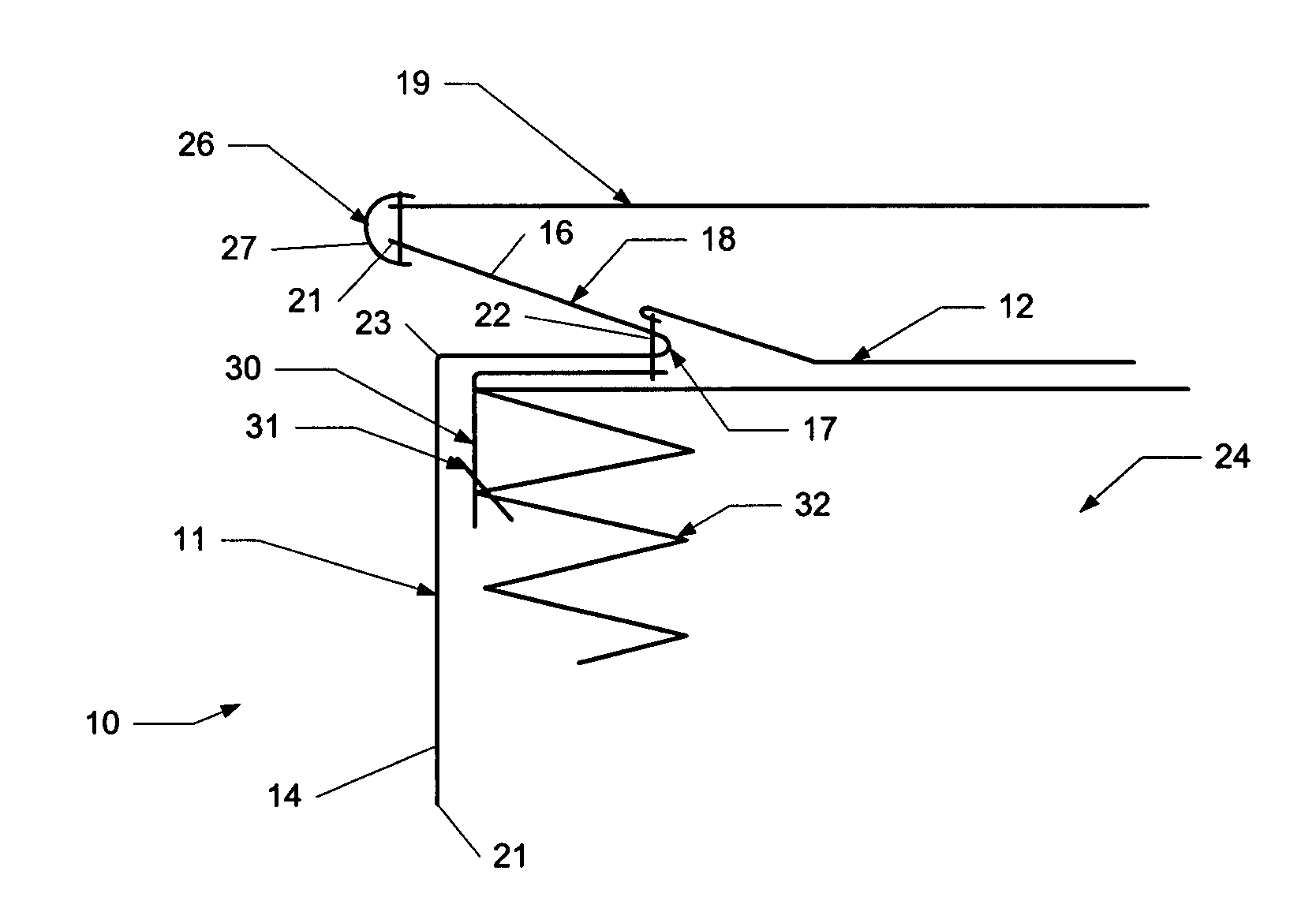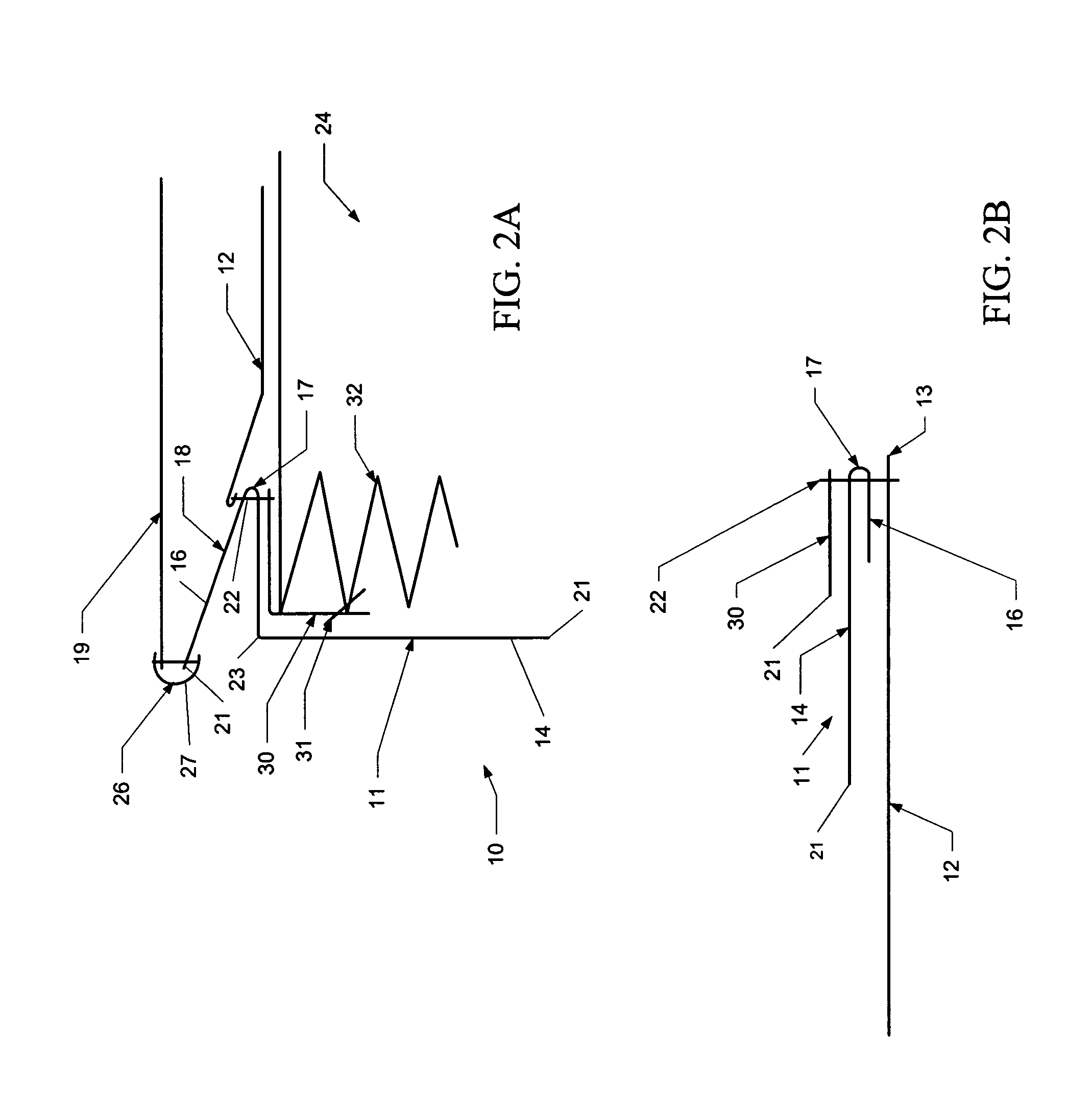Method of forming a mattress
a mattress and mattress technology, applied in the field of sewing systems and methods for forming mattresses, can solve the problems of increasing the cost and slow production of such articles, requiring significant skill in the operation of such tape edge applicators, and most sewing operations traditionally are extremely labor-intensiv
- Summary
- Abstract
- Description
- Claims
- Application Information
AI Technical Summary
Benefits of technology
Problems solved by technology
Method used
Image
Examples
Embodiment Construction
[0029]Referring now in greater detail to the drawings in which like numerals indicate like parts throughout the several views, various example and alternative embodiments of the method for forming a mattress according to the principles of the present invention are illustrated. In general, the present invention is directed to a method of forming a mattress in which the number of sewing operations and skill of the operator(s) required to form a mattress are reduced or otherwise minimized to enable faster and more efficient production of mattresses using less skilled workers.
[0030]In a first embodiment of the present invention, as generally illustrated in FIGS. 2A–6B, the present invention relates to a sewing system and method of forming a mattress 10, in which a mattress border 11 is formed and attached to an inner panel 12 along the side edges or periphery 13 of the panel. As indicated in FIGS. 2A–5B, the border 11 generally is formed from a woven or non-woven textile or fabric mater...
PUM
 Login to View More
Login to View More Abstract
Description
Claims
Application Information
 Login to View More
Login to View More - R&D
- Intellectual Property
- Life Sciences
- Materials
- Tech Scout
- Unparalleled Data Quality
- Higher Quality Content
- 60% Fewer Hallucinations
Browse by: Latest US Patents, China's latest patents, Technical Efficacy Thesaurus, Application Domain, Technology Topic, Popular Technical Reports.
© 2025 PatSnap. All rights reserved.Legal|Privacy policy|Modern Slavery Act Transparency Statement|Sitemap|About US| Contact US: help@patsnap.com



